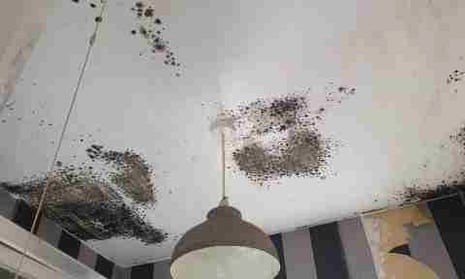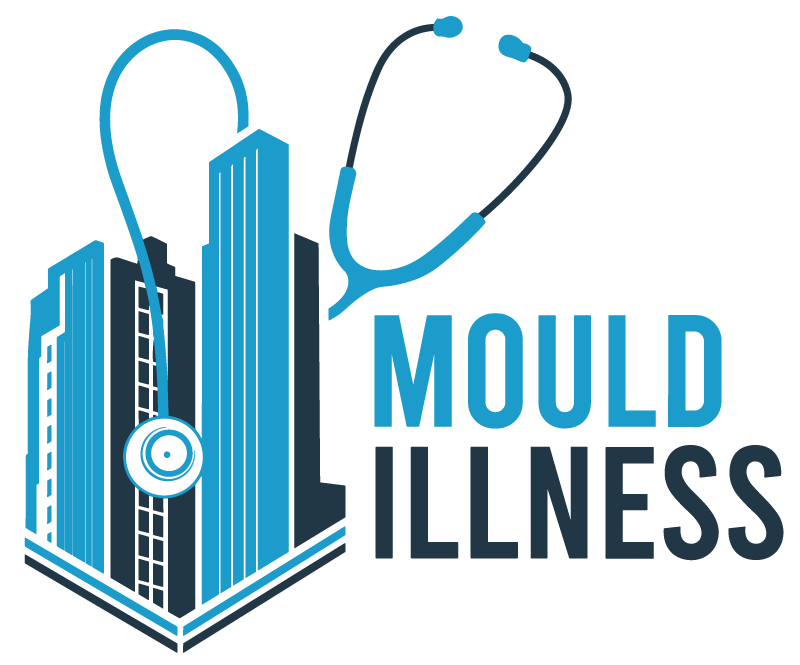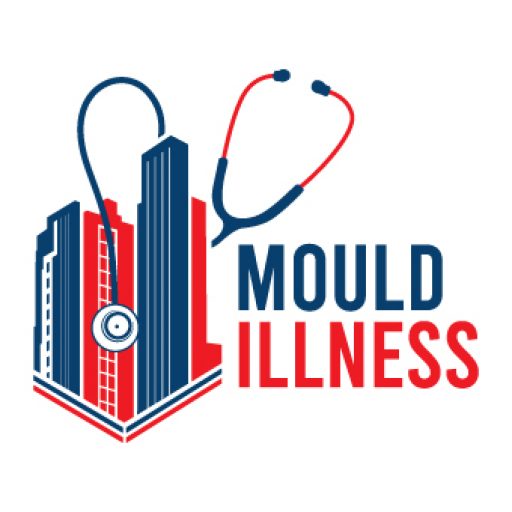Coroner rules mouldy damp house did not cause 27 year old Luke Brooks death

The Inquest
The central issue for any inquest is to identify the cause of death and then answer who, why, where and how.
In this case the who, when and the where were straightforward and the cause was given as acute respiratory distress syndrome caused by aspergillus pneumonia. Aspergillus is a type of mould, and a pathologist said it was found in Brooks’ lungs during a postmortem investigation.
The coroner was Joanne Kearsley who also was coroner into the death of two-year-old Awaab Ishak who apparently died of mould exposure issues.
I criticised the inquest of Awaab and here we have the same coroner and same expert witness Professor Malcolm Richardson making what in my opinion resulted in another misleading verdict.
Being a professor at UKs leading Aspergillus centre where incurable (but treatable) aspergillosis is a major issue, Professor Richardson stated the flat was unfortunately cleaned and decorated after Lukes’s death so he had difficulty in collecting samples that showed aspergillus, and that penicillium was apparently the predominant mould.
Professor Richardson is reported as saying Penicillium is not a pathogen. Unfortunately, the following link[1] contradicts Professor Richardson where penicillin is indeed known to be a possible cause of pneumonia and reported resultant death. However, Luke had Aspergillus in his lung and professor
Richardson again , in my opinion misleads the court by saying ‘’he could find very very little evidence of aspergillus’’. The first question must surely be, ‘’Did the landlord not only decorate but decontaminate the flat and contents? As an expert in this field, I would say it was most unlikely not least because it would have no Penicillium either. I would also state from my experience with Professor Richardson, where he acts on behalf of insurance companies, he doesn’t generally use recognised sampling or analysis which competent Indoor Environmental Hygienists use to assess exposure risks and hazards.
Professor Richardson goes on to explain:
‘’With one or two rare exceptions, aspergillus is not the black mould we might see in a bathroom in any event. Rather, it is a grass eater which might be found in a compost heap. When a garden waste bin collector opens the bin, they get “a massive amount of exposure”.
It might sometimes grow on damp clothes or textiles or furniture; it might also grow on dust; or cannabis leaves, but there is little for it to grow on in buildings, he said. It was impossible to say how long the aspergillus in Luke’s lungs had been there, he said. Richardson also said there were more than 100,000 species of mould fungi but very few of those were allergenic or pathogenic’’
There are three possibly misleading key issues stated above by Professor Richardson:
- Aspergillus can grow anywhere and usually simply requires organic materials like wallpaper, carpet, furniture, clothes, shoes or bio film. Lukes’s flat was said to be dirty and damp therefore subject to warmer summer months perhaps ideal mould growth conditions. Richardson adds the red herring, Cannabis leaves as if this was important.
- Professor Richardson stated there were over 100,000 species of mould but very few were allergenic or pathogenic. This is a remarkable statement by a man who heads up the Mycology lab in Wythenshaw hospital Manchester where his workplace the ‘’Aspergillus centre’’, is the leading hospital and resource in the UK for the Aspergillus disease ‘’aspergillosis’’ where the hospital has treated and continuously treats thousands of patients with serious mould diseases such as Aspergillosis.
- After Professor Richardson wrongly alludes to Aspergillus as being unlikely to grow in buildings (wrongly stating lack of organic materials?) but could be from a compost heap, he states it’s impossible to say how long the aspergillus in Lukes’s lungs has been there. In my opinion Luke was unlikely to delve into compost heaps but most likely to have been exposed to both Aspergillus and Penicillium in his damp flat.
In both these inquests into the mould related death of a boy and a young man , Professor Richardson provided evidence which I doubt could withstand scrutiny if cross examined rather than simply being allowed to make statements.
The following photo is said to be of Lukes bedroom ceiling (prior to death) where visible mould of some sort did find the organic material and environmental conditions to to develop.

If coroners can’t make decisions because of a lack of facts, they should be able to accept risk and hazard assessments and from both inquests ample evidence of both risk and hazard were present, but inadequately assessed by what can only be described in my opinion as as poor evidence gathering and or reporting.
End
Jeff Charlton member Chartered Institute of Environmental Health. Council Certified Indoor Environmental Hygienist

